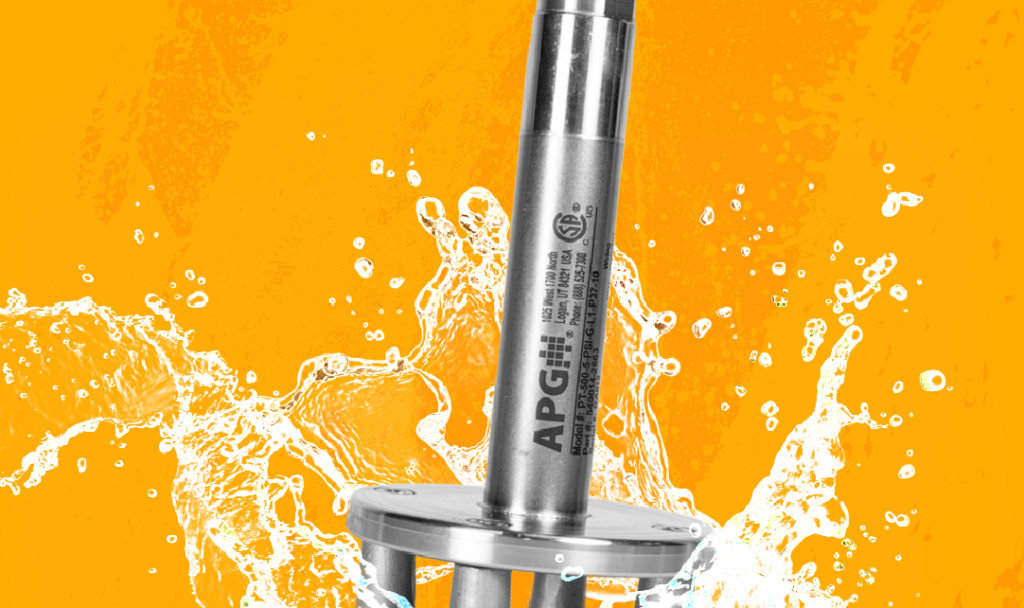Blog Post, Uncategorized
The Best Level Sensor For Deep Water Wells
Monitoring water well levels can be challenging, as wells are often in remote areas where power isn’t available. While some wells are only 10 to 60 feet, there are many that are hundreds of feet deep.
For water well level monitoring, and especially for the deep wells, we at Automation Products Group, Inc. (APG) recommend our PT-500 submersible pressure transducers. These sensors work great for deep wells for a variety of reasons. They’re simple and reliable, easy to install, and don’t require much power.
How Submersible Pressure Transducers Work
Submersible pressure transducers rest at the bottom of a tank or well, and calculate the level by measuring the amount of pressure being exerted by the liquid above it. This pressure measurement can be converted to a tank volume reading based on the dimensions of the tank or well, and the specific gravity of the liquid being measured. Since we’re discussing water, this makes calculations easy. The specific gravity multiplier for water is 1.
Determining Cable Length and Calibration
The reason some wells are so deep is because it took that long drilling before water was reached. The water will not fill the well but will fill just the bottom section of it. We refer to this section as head of water.
If a 250 ft. deep well has just 25 ft. of water head, using a sensor calibrated for 0-250 ft. would be unwise. There would be 10X more span than necessary. The accuracy of submersible pressure transducers are based on full scale. So a 0-250 ft. transducer would be accurate to 7.5 inches while a 0-25 ft. transducer would be accurate to ¾ of an inch. This is why it’s important to understand the difference between well depth and the head of water.
Ease of Installation
Unlike other level measurement instruments, submersible pressure transducers don’t require a lot of effort or additional equipment to install. As mentioned above, submersible pressure transducers simply “rest” at the bottom of a tank or well. No special equipment or set up required!
Keep in mind though that if the well is extremely deep (over 300 ft.) and you plan to hang the sensor, use high tensile strength wire to give the sensor and cable extra support.
Low Power Consumption
Most submersible pressure transducers use less power than other liquid level measurement instruments. For example, our Modbus PT-500 submersible pressure transducer has a current draw of less than 2 mA.
Low power consumption makes these ideal for remote locations where batteries or solar panels need to be used.
For example, we have quite a few customers using our MND Modbus Network Display to power and poll PT-500 sensors at water wells. The user simply presses the On/Off button on the MND display and within a second they get an accurate level reading on their display, all powered off of 2 AA batteries. No separate supply power needed.
So for a simple yet reliable instrument, that’s easy to install, and uses low power, look no further than the PT-500 submersible pressure transducer.
For more information on our PT-500 submersible pressure transducers, reach out to APG today. Our Measurement Experts will be happy to assist you!
WRITTEN BY

Sami T.
Sami Thompson is APG’s Marketing Technical Writer and has been with the company since 2022. With a master’s degree in English from Utah State University and a 40-page thesis publication under her belt, Sami has a demonstrated strong writing background. In her free time, Sami enjoys reading and birdwatching.


